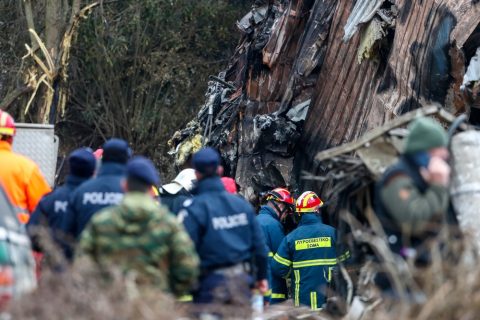Evidence domino frames cargo as key factor for Greek railway tragedy
Almost two years after the tragic railway accident that cost the lives of 57 people and scared Greek society, the puzzle pieces seem to fall into place. Investigations suggest that the freight train and its load played a critical role in the accident, which was either underestimated or obscured.
Some facts about the accident:
Head-on collision: The accident involved a high-speed, head-on collision between a passenger and a freight train on the same track.
Obsolete railway network: The railway network was outdated, relied on manual operations, and lacked crucial digital safety systems like ERTMS and ETCS.
Untrained and understaffed personnel: Railway personnel were insufficiently trained and understaffed, jeopardising safety.
Ignored warnings: Warnings from worker unions about operational failures and safety concerns were ignored. The EU also launched inquiries into railway funding and undelivered contracts for signalling infrastructure.
The perfect storm for disaster: The combination of these factors created the conditions for a fatal accident.
Further investigation: The investigation into the accident revealed mishandling of evidence at the collision site and missing information about the freight train’s cargo.



Comments are closed, but trackbacks and pingbacks are open.